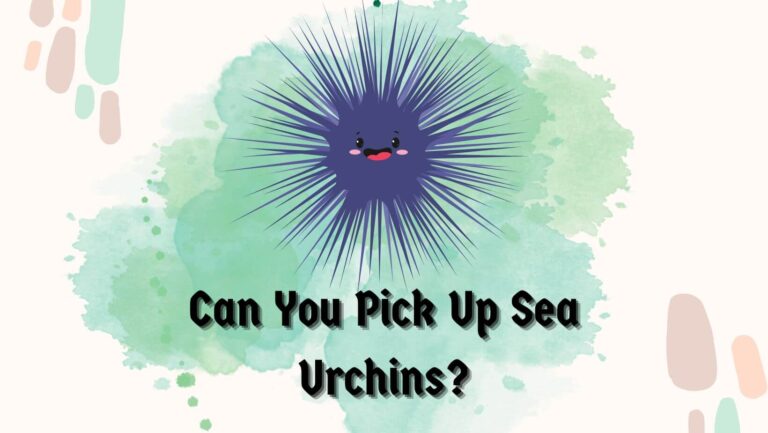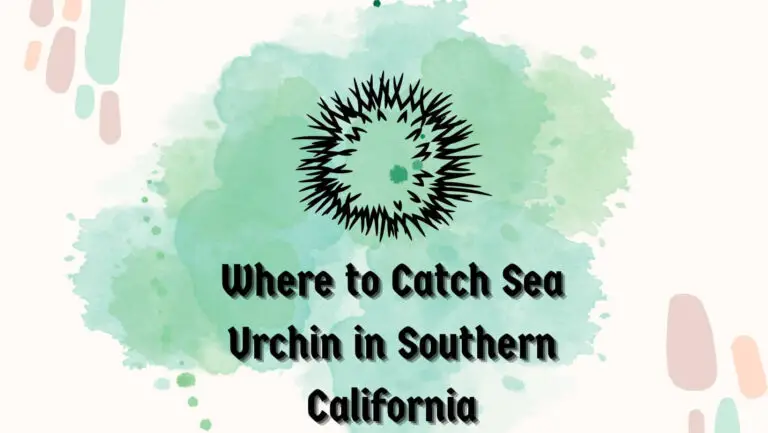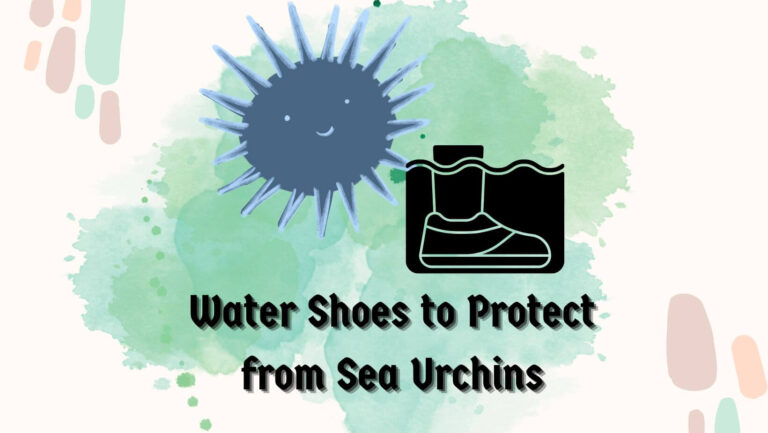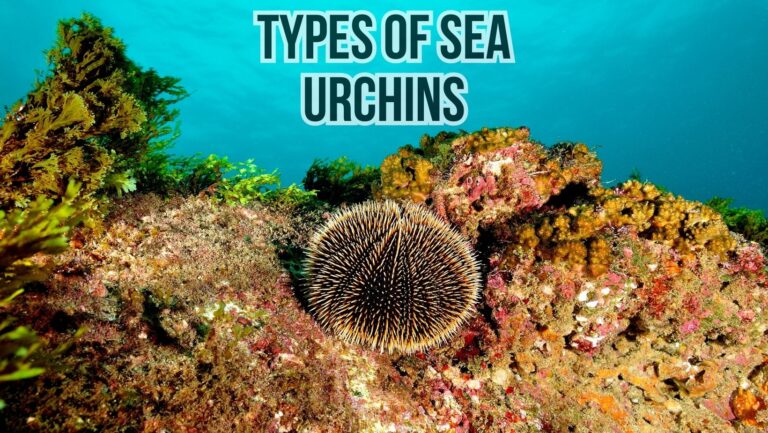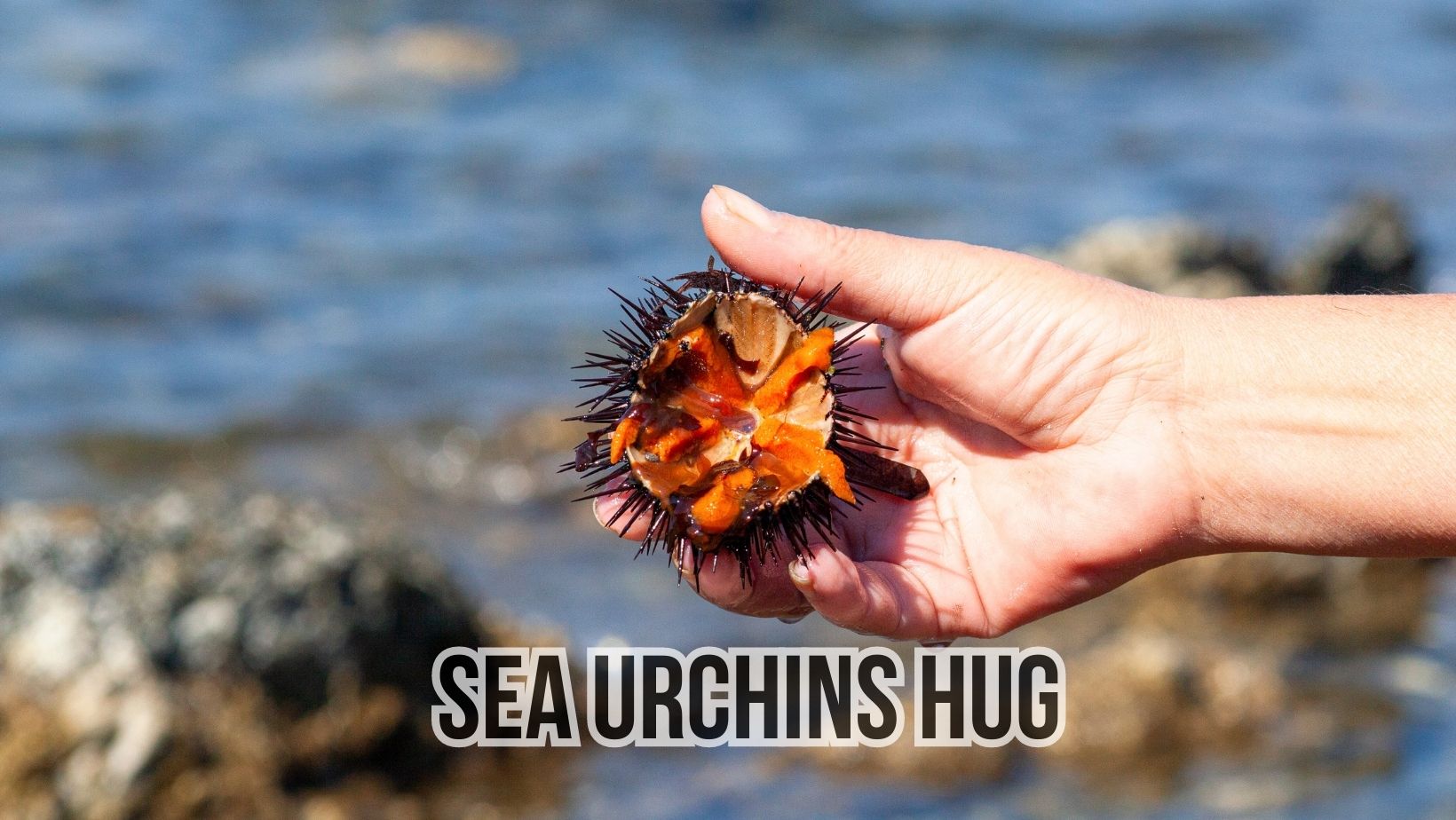
Sea urchins, those peculiar spiky creatures found in oceans around the world, have fascinated humans for centuries. Their unique appearance and intriguing behaviors make them a subject of curiosity and wonder. One behavior, in particular, has captured the attention of many: sea urchins hugging fingers. But why do these prickly creatures engage in such an unusual behavior? In this article, we’ll dive into the fascinating world of sea urchins and explore the reasons behind their finger-hugging antics.
The Anatomy of Sea Urchins
To understand why sea urchins hug fingers, it’s essential to examine their anatomy. Sea urchins possess a unique skeletal structure covered in spines that serve multiple purposes. These spines act as a protective barrier, deterring potential predators from approaching the sea urchin. Additionally, the spines aid in locomotion and help in the capture of food particles.
Sea Urchins Hug
Sea urchins do not hug in the same way that humans do. Hugging is a form of physical affection that involves wrapping one’s arms around another person or object. Sea urchins, being marine animals, lack limbs or appendages that can be used for hugging.
However, sea urchins do have spines covering their bodies, which they use for protection and movement. These spines can provide a kind of defense mechanism by deterring potential predators or creating a barrier between the sea urchin and its surroundings.
While sea urchins may come into contact with each other or other objects in their environment, they do not engage in hugging behavior as humans understand it. Their interactions are more likely related to navigation, feeding, or reproductive activities, rather than expressions of affection or comfort.
It’s important to remember that animals have their own unique ways of interacting and expressing behaviors that are specific to their species. Hugging, as a behavior, is predominantly observed in humans and some other primates, and it may not be applicable or relevant to sea urchins or other animals.
The Purpose of Hugging
When sea urchins encounter fingers or other objects, they often exhibit a behavior commonly known as “hugging.” This behavior involves the sea urchin wrapping its spines around the object, creating an impression of an embrace. While it may seem strange, there are specific reasons why sea urchins engage in this behavior.
Sensory Organs in Sea Urchins
Sea urchins possess sensory organs that play a crucial role in their interactions with the environment. One such sensory organ is the tube feet, which are small, suction cup-like structures located on the underside of the sea urchin’s body. These tube feet serve multiple functions, including movement, respiration, and sensing the surrounding environment.
Chemoreceptors are another essential sensory component in sea urchins. These specialized cells allow sea urchins to detect chemical cues in their surroundings. When a sea urchin encounters an object, its chemoreceptors help determine whether the object is a potential food source, predator, or simply an obstacle to navigate around.
Behavioral Adaptations
Sea urchins have evolved to exhibit various behavioral adaptations, including their tendency to hug fingers. By wrapping their spines around an object, sea urchins gain a better understanding of its properties. This behavior allows them to assess the object’s texture, chemical composition, and potential threat level. Hugging fingers provides sea urchins with valuable sensory information about the environment they inhabit.
Interactions with the Environment
Sea urchins are not passive creatures but active participants in their ecosystems. They play a vital role in maintaining ecosystem balance by consuming algae and controlling their growth. Sea urchins’ interaction with the environment extends beyond hugging fingers; their movements and feeding habits contribute to the overall health of marine habitats.
Potential Risks and Precautions
While interacting with sea urchins can be an exciting experience, it is crucial to be aware of potential risks. Sea urchins possess sharp spines that can cause painful injuries if mishandled. To ensure safe interactions, it’s essential to approach sea urchins with caution and avoid any sudden or forceful movements. Furthermore, it is advisable to seek medical attention if a sea urchin spine pierces the skin.
The Curiosity Factor
Sea urchins hugging fingers have a peculiar charm that captivates both children and adults alike. The tactile sensation of feeling the spines gently wrap around a finger elicits a sense of curiosity and wonder. This interaction allows individuals to connect with the marine world in a tangible and memorable way, fostering a deeper appreciation for sea creatures.
Sea Urchins in Popular Culture
Sea urchins and their finger-hugging behavior have made appearances in various forms of media and popular culture. From children’s books to animated movies, these creatures have been portrayed as lovable characters. Their presence in popular culture not only entertains but also raises awareness about marine life and fosters a sense of environmental stewardship.
Conservation and Protection
As with all marine species, it is crucial to protect and conserve sea urchin populations. Overfishing and habitat destruction pose significant threats to their survival. To ensure their long-term viability, responsible fishing practices, marine protected areas, and public education are necessary. By promoting sustainable interactions with sea urchins, we can contribute to the preservation of these remarkable creatures and their ecosystems.
Conclusion
Sea urchins hugging fingers is a captivating behavior that reveals the complex sensory world of these fascinating creatures. Through their spines and sensory organs, sea urchins gain valuable insights into their environment. Interacting with sea urchins can be a memorable and educational experience, but it is essential to approach them with caution and respect. By appreciating the wonder of sea urchins, we can foster a deeper connection with the marine world and contribute to their conservation.
FAQs
1. Are sea urchins dangerous to touch? Sea urchins can be prickly, and their spines can cause injuries if mishandled. It is advisable to approach them with caution and avoid touching their spines directly.
2. Can sea urchins survive outside of water? Most sea urchin species require water to survive, as it provides essential nutrients and oxygen. While some can tolerate brief periods out of water, prolonged exposure can be harmful.
3. Are sea urchins edible? Yes, sea urchins are consumed in various cultures around the world. Their roe, also known as uni, is a delicacy often used in sushi and other gourmet dishes.
4. Do sea urchins have any natural predators? Sea otters, lobsters, crabs, and some species of fish are known to prey on sea urchins. These predators play a vital role in controlling sea urchin populations.
5. Can sea urchins regenerate their spines? Yes, sea urchins have the remarkable ability to regenerate their spines if they are damaged or lost. This regrowth process helps them maintain their protective and sensory capabilities.


